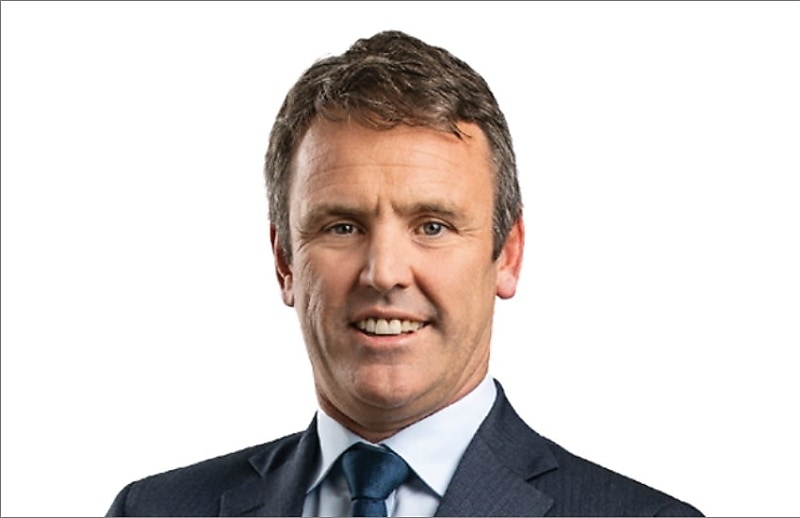With businesses collapsing at levels not seen since 2012, Grant Thornton Australia’s John McInerney suggested that the small business restructuring scheme could be a more favourable option than a payment plan.
He made the comments ahead of his session at the ACE24 Accounting Conference and Expo 2024, where he will unpack how accountants can help their small business clients leverage the small business restructure scheme to clean up old debt.
The scheme was introduced by the former liberal government in 2021 in response to the COVID-19-induced financial distress that it predicted would hit small- to medium-sized enterprises (SMEs).
The ATO said earlier this year that collectable debt had increased from $26.5 billion in June 2019 to $50.2 billion by June 2023. Small businesses were over-represented in its debt book as it owed $33 billion of the $45 billion of collectable debt owed by all businesses.
McInerney said accountants who help clients use the scheme should go beyond just providing a set of historical financial accounts and a tax bill, and prepare a three, six, and 12-month cash flow forecasts using cloud-based accounting software that can pre-code transactions.
“In my view, directors shouldn't think they got a discount on their bill because the accountant didn't have to do as much,” McInerney told Accountants Daily.
“Rather, they should ask the accountant to help them understand their cash flow requirements so they can invest those savings and prepare for the future.”
Cash flow forecasts must progress beyond profit and loss and monthly income and expenses, and consider the timing of those payments while allowing the director to monitor when and how much money is flowing in and out, McInerney said.
“At a minimum, directors should prepare cash flow broken down by month. Accountants have the skill set to work with the director and prepare that. That’s the value they can add.”
“That is a valuable part of the process. It is what stakeholders expect to receive if they’re going to be accepting a debt compromise because they’re giving the company a second chance. You want to make sure that they and the creditor don’t suffer the same fate as they previously did.”
For example, if a restaurant owner’s cash flow forecasts indicate a decline in sales during the winter months because fewer customers frequent them, they would be better placed to modify their rostering or apply for short-term funding, and repay the loan when business improves.
The small business restructuring scheme provides financially distressed SMEs with a single, streamlined process to work with a restructuring partner to restructure their debts. A key feature is that the directors of the company have control of the business, property, and affairs, while the restructuring practitioner acts as the company’s agent.
McInerney also noted that under the restructuring process, a compromise amount is agreed to at cents in the dollar, which can be paid in full and final satisfaction of that debt.
“Sure, there's still an obligation for the directors or the company to come up with that amount of money to pay the debts but it's at a compromised amount,” he said.
“This means that if creditors accept a compromise, say 20 cents on the dollar, they'll accept 20 cents as opposed to getting paid the full dollar. It means that the company's got the breathing space of that extra 80 cents in the dollar that they otherwise would have been burdened with.
“This allows the directors to draw a wage and for the company to continue to invest and grow.”
To be eligible for the restructuring on the day the practitioner is appointed, the company’s total liabilities must not exceed $1 million, nor must it have undergone restructuring or been the subject of a simplified liquidation process within the prior seven years.
Furthermore, no person who is a director of the company or has been one within the 12 months before the appointment of the restructuring practitioner has been a director of another company that has been subject to restructuring or subject to the simplified liquidation process within the period of the previous seven years, unless they are exempt from the regulation, according to ASIC.
To hear more from John McInerney about how the small business restructuring process lets your clients remain in control of their business, come along to the ACE24 Accounting Conference and Expo 2024.
It will be held on Thursday, 20 June at Hyatt Regency, Sydney.
Click here to book your tickets and don’t miss out!
For more information, including agenda and speakers, click here.

 Login
Login






